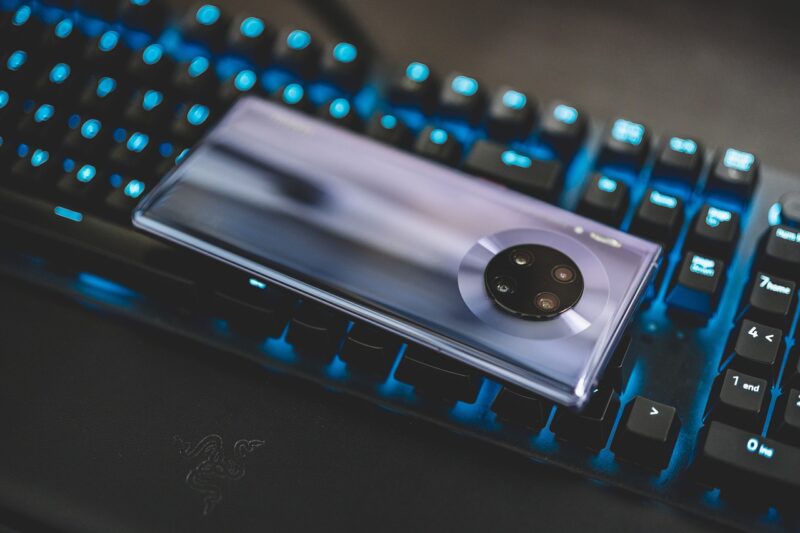The Story of Huawei: How It Became a Global Contender in Technology
November 14, 2024

Huawei is a name synonymous with telecommunications and technology, recognized worldwide for its influence and achievements. Founded in 1987 by Ren Zhengfei, Huawei’s journey from a small startup in Shenzhen, China, to a global giant in telecommunications and information technology is both remarkable and inspiring. In this article, we will delve into Huawei’s development, the challenges it faced, and its current position as a leader in the industry.
1. The Early Years: From Humble Beginnings to Rapid Growth
Huawei was founded during a period of significant economic change in China. Following the economic reforms initiated by Deng Xiaoping in the late 1970s, there was a growing demand for telecommunications equipment to support the nation’s modernization. Ren Zhengfei, a former engineer in the People’s Liberation Army, seized the opportunity and established Huawei in 1987, initially focusing on manufacturing private telephone exchanges for local companies.
In its early years, Huawei struggled for recognition as it competed with established foreign companies. However, the company began to flourish by prioritizing research and development (R&D). Its first major breakthrough came in 1992 when Huawei developed its own digital switching equipment, which allowed it to expand its product offerings significantly.
By the end of the 1990s, Huawei had established itself as a trusted telecommunications provider within China and began its international expansion, starting with markets in Asia, the Middle East, and Africa. This period marked the foundation of its global business strategies, focusing on local needs while leveraging technology innovation.
2. Global Expansion: Facing Challenges and Overcoming Obstacles
The new millennium brought about aggressive expansion for Huawei. The company began entering broader international markets and won contracts to provide telecommunications infrastructure in various countries, including Brazil, Russia, and Europe. However, it wasn’t all smooth sailing.
In 2003, Huawei faced challenges due to allegations of intellectual property theft and concerns about its close ties to the Chinese government. Despite the backlash, Huawei’s persistent commitment to innovation paid off. The company invested heavily in R&D, fostering talent and encouraging a culture of innovation, leading to the development of groundbreaking technologies such as 5G.
In 2011, Huawei became the largest telecommunications equipment manufacturer in the world. The company’s success was attributed to its focus on research, strategic partnerships, and a diversified product portfolio, ranging from carrier networks to consumer electronics such as smartphones.
3. The Rise in Consumer Electronics: Smartphones and Beyond
Huawei’s smartphone business began in earnest in 2010 with the launch of its Ascend series. The phones offered innovative features at competitive prices, appealing to consumers worldwide. The company quickly positioned itself as a global smartphone leader, consistently releasing high-quality devices.
In 2017, Huawei surpassed Apple to become the second-largest smartphone manufacturer globally, right behind Samsung. Key to this success was the company’s ability to develop its own processors, notably the Kirin chipset, enhancing performance and efficiency in its devices.
Huawei’s marketing strategy, focusing on cutting-edge technology, premium hardware, and partnerships with renowned photographers to promote its camera capabilities, set its products apart. The launch of the P series and Mate series highlighted the brand’s emphasis on photography and technological innovation.
4. Navigating Geopolitical Tensions and Future Prospects
In recent years, Huawei has faced significant challenges due to escalating geopolitical tensions. The United States government raised concerns regarding security risks posed by Huawei’s technology, leading to the banning of its products in the US and calls for similar actions in allied nations.
Despite these challenges, Huawei has demonstrated remarkable resilience. The company has doubled down on its R&D investments and has explored new markets, developing alternatives to Google services for its smartphones. By focusing on software innovation and creating its own ecosystem with HarmonyOS, Huawei aims to mitigate the impact of external pressures.
Huawei’s commitment to sustainability and technological innovation positions it well for the future. With ongoing developments in artificial intelligence, cloud computing, and 5G infrastructure, the company is strategically positioned to remain a formidable player in the global technology landscape.
5. The Impact of Huawei’s Legacy: Lessons Learned
Huawei’s story is a testament to resilience, innovation, and strategic positioning in the face of adversity. The company’s ascent to global prominence offers valuable lessons for businesses worldwide:
- Invest in R&D: Continued innovation is essential for growth and staying competitive in today’s fast-paced technology landscape.
- Adapt to Change: Navigating challenges and adapting to geopolitical shifts is crucial for sustaining growth and market relevance.
- Prioritize Local Needs: Understanding and adapting to local market demands can facilitate successful global expansion.
Huawei’s influence on the telecommunications and technology sectors is undeniable, and as it continues to chart its path forward amidst shifting tides, its legacy will inspire future generations of technology innovators.
Conclusion
Huawei stands as a testament to what can be achieved through innovation, strategic vision, and determination. From its humble beginnings in Shenzhen to its emergence as a global leader in technology, Huawei’s journey reflects not only the growth of a company but also the evolution of the technology landscape itself. As we look to the future, Huawei’s ongoing commitment to innovation and excellence promises to keep it at the forefront of the global technology conversation for years to come.







